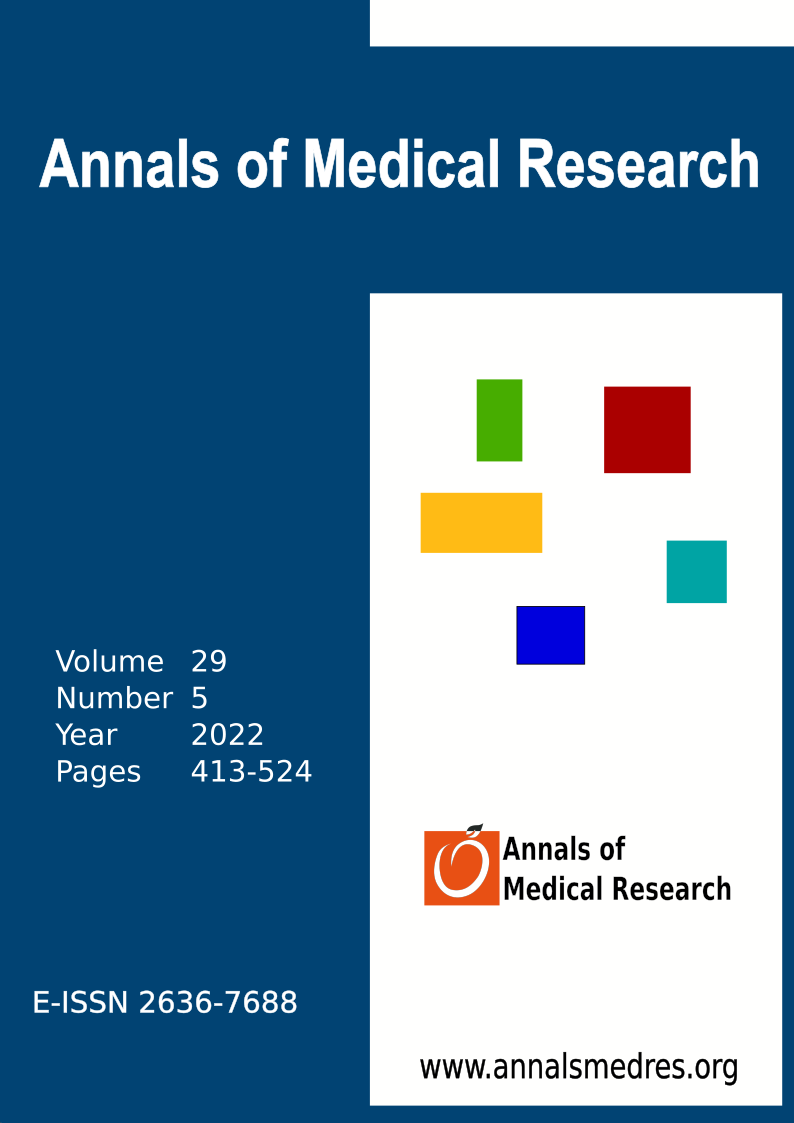Clinical and radiological results of cemented proximal femoral nails
Keywords:
hip, fracture, cement, augmentationAbstract
Aim: Osteoporotic interthoracanteric fractures are an important health problem affecting the elderly population. Cement augmentation is a modification that has been applied with increasing frequency in recent years. In our study, we aimed to retrospectively analyze the clinical and functional results of proximal femoral nails (PFN) with cemented augmentation.
Materials and Methods: Sixty-five patients who met the inclusion criteria were included in the study. PN1 PFNA Nail - Tasarım Medikal ® - İstanbul nails were applied to all patients. Information such as spreading area of cement, closest distance of cement to cartilage, number of additional fluoroscopy for cementing procedure, amount of cement were collected. Reductions were evaluated according to the Modified Baumgaertner Criteria and rehabilitation protocols were applied. Pain of the patients was evaluated with the vas score, and hip functionality with the Harris score. Patients with a minimum follow-up of 2 years were included in the study.
Results: The amount of cement placed in the femoral heads of 37 patients with Singh index values of 1 and 2 was found to be 2.9±0.5 ml, significantly higher than the amount of cement placed in the femoral head (2.1±0.3 ml) of patients with Singh index 3, 4, 5 (p<0.001). After the PFN application, an average of 4.8 ± 2.0 more fluoroscopy was taken for the cementing process. VAS scores were 4.1 ± 2.2, and Modified Harris scores were 75.3 ± 8.5 at the 6th month postoperatively. At the 2nd year postoperatively, the vas scores were 3.5 ± 2.5, while the Modified Harris Scores were 74 ± 10.5.
Coclusion: In conclusion, cement-augmented proximal femoral nails appear to be an implant with both good functional results and good quality of life results with early mobilization. But it is clear that both cement and nail design do not solve all the problems in interthoracanteric fractures.
Downloads
Published
Issue
Section
License
Copyright (c) 2022 The author(s)

This work is licensed under a Creative Commons Attribution-NonCommercial-NoDerivatives 4.0 International License.
CC Attribution-NonCommercial-NoDerivatives 4.0






